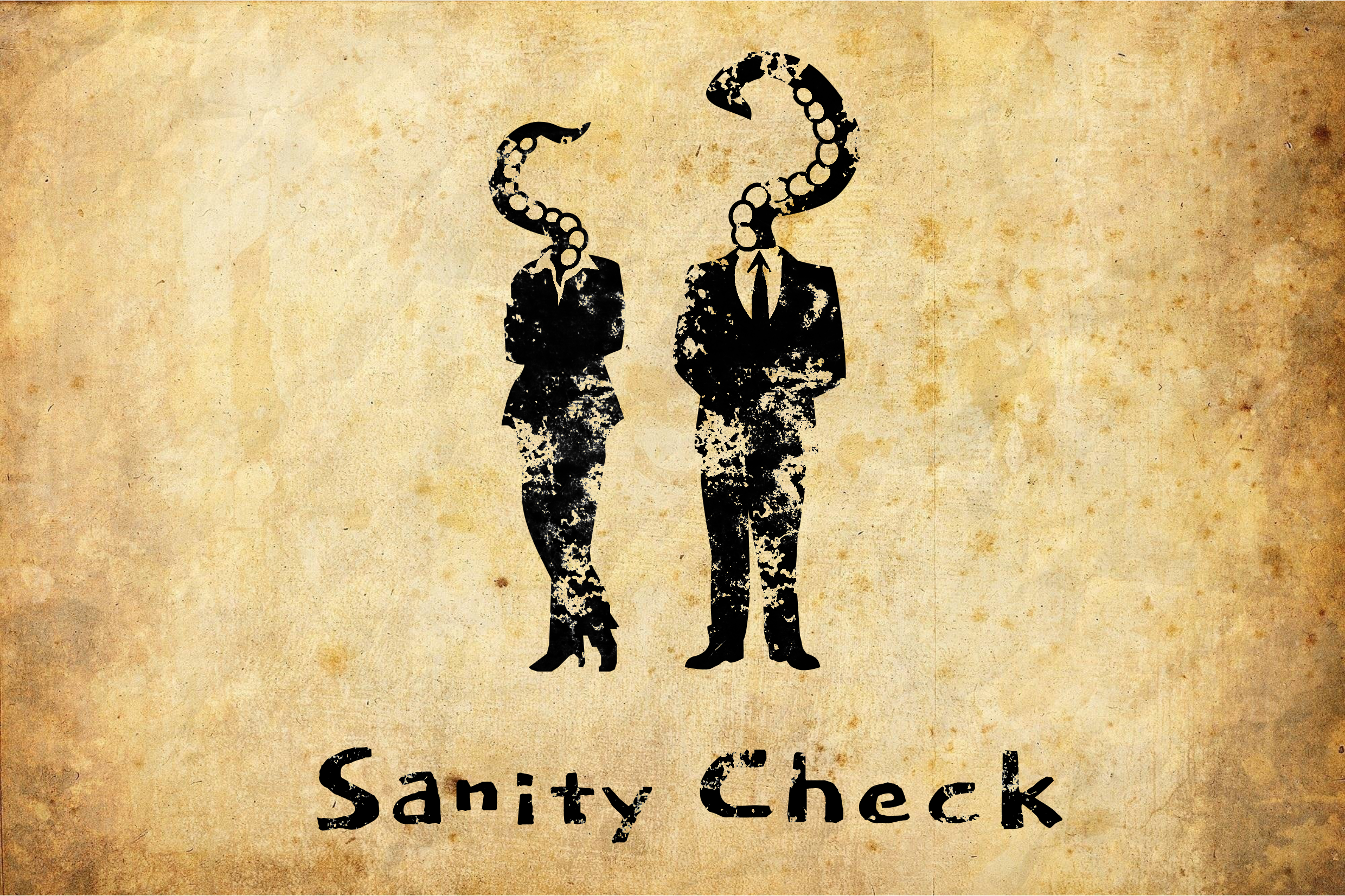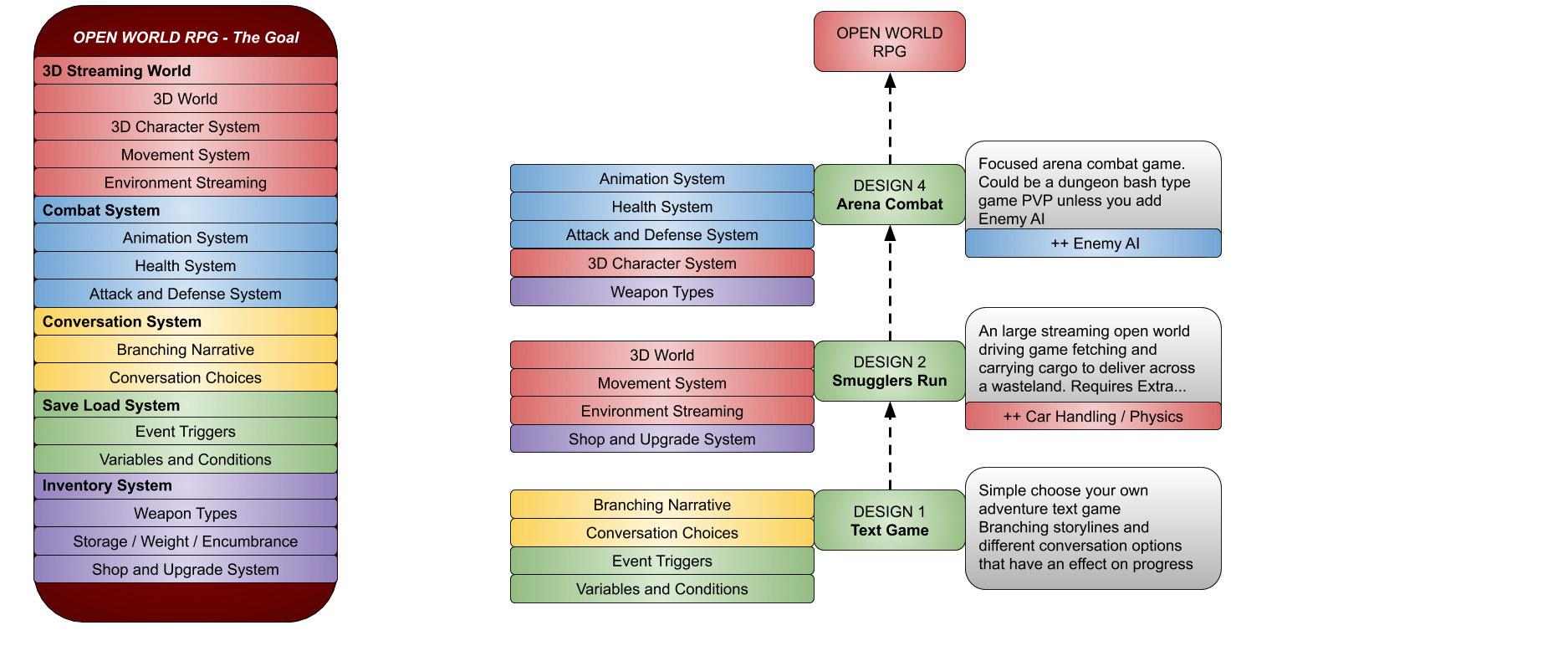Disclaimer: The following opinion and advice are based on experience and a good quantity of examples.
This article explains how to put all the chances on your side, of course, it doesn’t pretend to be the only road to success, just the safest.
Reflexes, reflection and rewards
Since we started Sanity Check, and even before, we’ve tried and played numerous indie games of all types. An accessible choice of development project for a solo dev or micro team is the (mobile) puzzle genre. Progression is based around how you finish a level, you are graded on your success and you unlock the next one. The game’s difficulty gradually increases while new game mechanics are slowly integrated.
It is, as said, an accessible choice, but also a sensible one, as there is always some space in the market for that type of game and the audience is wide.
Despite this appearing simple, we nonetheless noticed one common weakness in most of them, weakness you can find of course in other types of games, but it’s the most visible, and damaging for the potential of the product, on puzzle games.
It is (drumroll): the management of reflexes/reflection and how the game gauges rewards.
What do we mean exactly? It’s in fact quite simple. Let’s check the reflexes/reflection opposition first.
You start to develop a game with puzzles that asks for thoughtful reflection about a problem the game poses, taking “Divide by Sheep” as an example.
You need to send the correct number of sheep to land on the final raft. The first level (here above) has no difficulty, packs of sheep are already prepared.
Then, complexity will increase, forcing the player to strategise each move, adding wolves, lasers (that cut sheep in half, as two halves of something make a full one right?), mines etc…
But as you can see, none of these new constraints are changing the basic mechanic of catapulting sheep from one raft to another or the rules of the game, the player still has all the time to think about their moves.
On the other hand, a game that has based all its gameplay on reflexes shouldn’t suddenly include complex puzzles in their fast-paced levels.
Both these types of games have an easy to use “retry level” feature. One to try new strategies (reflection-based), one to try to have the perfect timing (reflex-based).
But if you’re mixing reflexes and reflection, people will first strategise, learn the pattern, then use the “retry level” to execute it under time pressure. Which is almost forcing the player to do each level at least twice, and reduce the fun. Also when we talk about player flow, someone who is in the zone reflexively will be snapped out of their “zone” by suddenly adding puzzles and requiring completely different parts of their brain to engage.
Does it mean it is impossible to have games with both reflexes and reflection?
No, of course, this type of game is possible, but that should be included in its pillars since the beginning, gameplay and progression should be crafted around these two constraints. For example, one of the main aspects would be to make retries impossible, creating more punishing failure putting the player under a higher level of stress. But that isn’t our subject today.
When you create a game, you should clearly define your design pillars, your core mechanics and intentions.
Of course games like Cut the Rope, Where’s My Water or World of Goo, manage to have a bit of both (reflexes and reflection), but at such a low level (Where’s My Water being a Disney game, adapted to their youngest audience), that it doesn’t become a new layer of challenge (and it’s there at the beginning, it is not added as a new “mechanics”). Notice they’re also three “physics-based” games.
Playing with physics requires good reflexes most of the time. Puzzles are then “simpler” and are more challenging your ability to “chain” several actions in the perfect timing.
So, what to do?
It’s not always easy to find new fun mechanics, especially when you’re a solo dev (“brainstorming” alone), but you have to be consistent with your pillars. If you want to create a puzzle game, based on reflection, you need to find brain-challenging mechanics.
To do so, you can obviously take a look at the market, study how each well-designed game increases their difficulty through their levels, you can also understand bad examples and how to avoid them.
Some good references: Divide by Sheep, Pudding Monsters, Causality, Cosmic Express, Slayaway Camp, Hitman/Lara Croft/Deus Ex Go, …
Using the game dev community to help you is a great resource, asking for feedback and seeing if there are common complaints. Always value other designers’ experiences, even if their advice means a lot of work to do and/or scrap hours of effort.
Try to step back and look at how the difficulty increases as if you were a new person playing the game. The classic progression style is: introduce one mechanic, overcome a simple situation with it, then a complex situation, then another new mechanic, some situations with it, then mix with the first mechanic etc… but that’s not necessarily the golden rule, try to have people playtesting the game, gather metrics to see where they’re struggling, and try to improve these points.
What about rewards?
The title was mentioning rewards, what is the link with all that?
“Three stars” rewards are most of the time used in this type of game, and as we advised for new game mechanics, we would also advise rewarding actions consistent with the pillars. If the game is reflex-based, you obviously can reward completion speed with a target time to respect, but if it’s a reflection-based one, you should reward thought process and efficiency.
A very interesting example is Pudding Monsters, where each “star” and even the absence of a star is a challenge itself.
With that starting scenario (on the left) the player has to find the right combination of moves to end up with one, two, three stars, but also, no star at all!
The Square Enix Monreal “Go” series has a challenging reward system, forcing the player to find the best path to finish a level, to avoid some kills or to pick some bonus items.
As you can see, the rewards also are important in puzzle games, they allow you to please a wider audience with less challenging levels, but harder bonus objectives for completionists. That’s why they need to be consistent with the mechanics/logic, and require some special attention. Falling into the trap of just adding a time pressure system would be a mistake (finish the level in less than 3min/2min/1min) for most reflection-based games.
Never hesitate to take a step back, analyse the consistency of your game, think of the player journey and how they will perceive each new step and challenges.
We wish you all the best and hope this article helped you.
Sanity Check
All illustrations of this article have been used under copyright fair use and don’t belong to Sanity Check.




